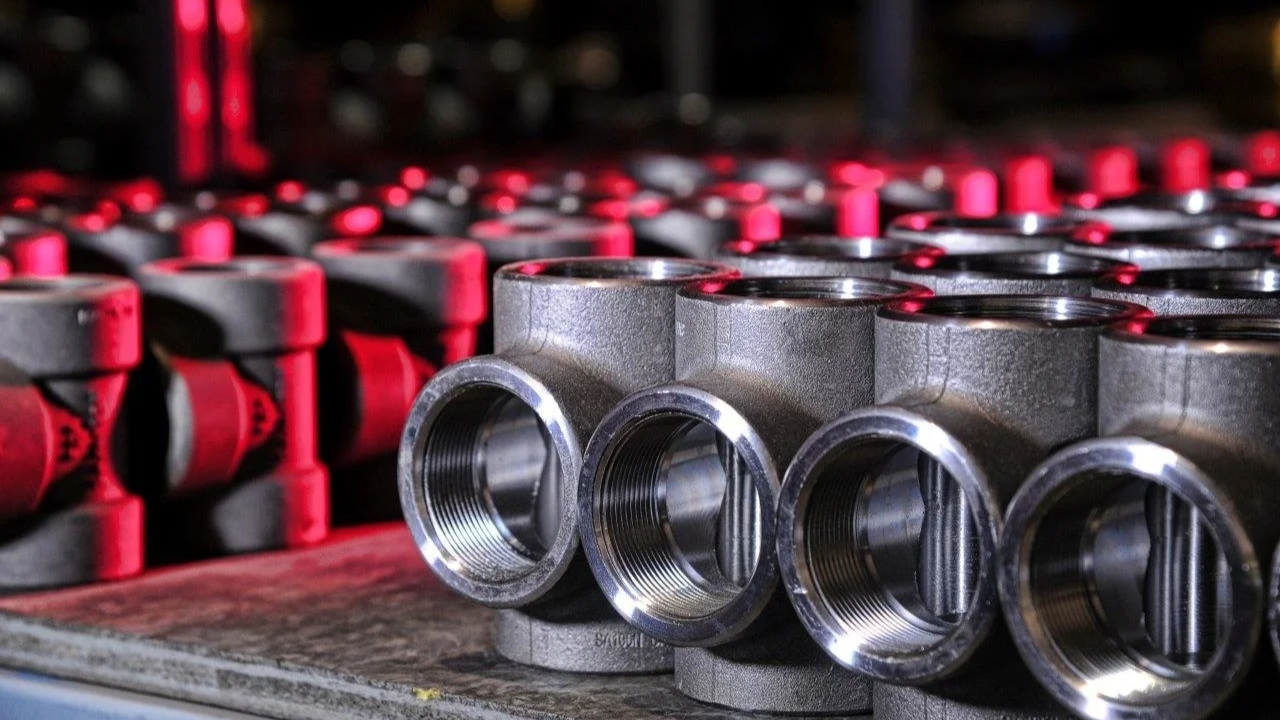Piping system technology is always advancing, bringing new systems and ways to link systems. Although many new techniques have been invented, some traditional methods are still helpful because they perform well. Socket Weld Fittings Dimensions, known for their precise dimensions and reliable sealing, are also available as fabrication materials. Many consider socket weld fittings a classic choice, and they are still used in today’s piping systems because of their dependability and how they meet present engineering standards.
Discover Socket Weld Fittings
Socket weld fittings are fittings made for joining small-diameter pipes through soaking. Please put the pipe into a hole inside the fitting and join them by welding. An assembly created with this process will not leak even under high pressure. Socket weld fittings are usually found in fluid, gas, or product pipelines where leaking must be avoided. The structure is made to line up well and has few internal weld beads, reducing the chance of obstacle-filled and overlapping airflow.
Capability to Withstand and Endure
Part of why socket weld fittings are still necessary is their power. Because of the weld, the joint can safely tolerate changes in temperature and pressure. Therefore, they are highly suited for essential petrochemical, oil, and gas systems, power generation, and high-pressure steam industries. Because they resist failing when put under pressure, the safety factor is higher than can easily be reached with other connection types.
Perfect for Use in Tough Applications
Most industrial piping systems today must maintain high performance in very demanding situations. They are great for these applications because they seal tightly and strengthen connections. Socket weld joints commonly encounter less leakage when under pressure than threaded fitting joints. Because they are so dependable, these piping systems are often used when safety depends on the proper connection of pipes.
A Simple Process for Installation
Although this connection requires welding, setting up socket weld fittings on small-diameter piping is still easy. The way the socket is constructed makes putting the pipe in place for welding easier. Thanks to its basic design, there is less chance for mistakes, installations are quick, and the workforce is not heavily needed. Although new mechanical fittings make installation faster, technicians familiar with ordinary welding, like socket welding, are responsible for the simple process.
Minimal Equipment Positioning Needed
Another helpful thing about socket weld fittings is that they allow for slight differences in pipe end smoothing. Unlike butt welds, socket weld fittings can be fitted together without as much precision and a perfectly cleaned edge. Because of this, working with pipe ends is quicker, and installations can be done flexibly when the weather or other conditions are not optimal. The easy-to-use feature ensures they help build and maintain plant assets.
A Static System Stays for a Certain Period
If sores amplitudes are discovered and most of the system is stationary, socket weld fittings may not require replacement for many years. Unlike mechanical joints, their processes result in solid weld joints that do not lose strength or structure over time. For that reason, socket weld fittings are a perfect solution for permanent places where lasting security is key. The strength they keep in difficult and corrosive conditions makes them exceptionally durable.
Cost Considerations
Although new forms of welding are allegedly quicker and more affordable, socket weld fittings keep their costs competitive. I can rely on their durability to need them less often, and they help prevent unexpected and expensive system problems. Usually, the upfront cost for socket weld fittings is worth it because they tend to last longer without many failures. In cases where the industry must remain safe and operate continuously, the financial savings from socket weld fittings become very clear.
Suitability for Standard industry practices
Manufacturing of socket weld fittings still follows standards set by ASME and ASTM. That way, they are suitable for various types of industrial trucks and fulfil the required regulations. Multiple materials, such as stainless steel, carbon steel, and alloy grades, ensure they fit multiple requirements. Thanks to standardization, such solutions are now relied on in many piping projects, ranging from water lines to more complicated chemical systems.
Conclusion
While many see socket weld fittings as a piping solution, they are still used in many modern industrial projects. Since they are robust, reliable, easy to fit, and follow worldwide standards, they can be used in many high-pressure systems. Even as piping projects get more challenging, socket weld fittings keep proving that their design and reliability are enduring. They have become mainstays despite the rapid development of other methods.
